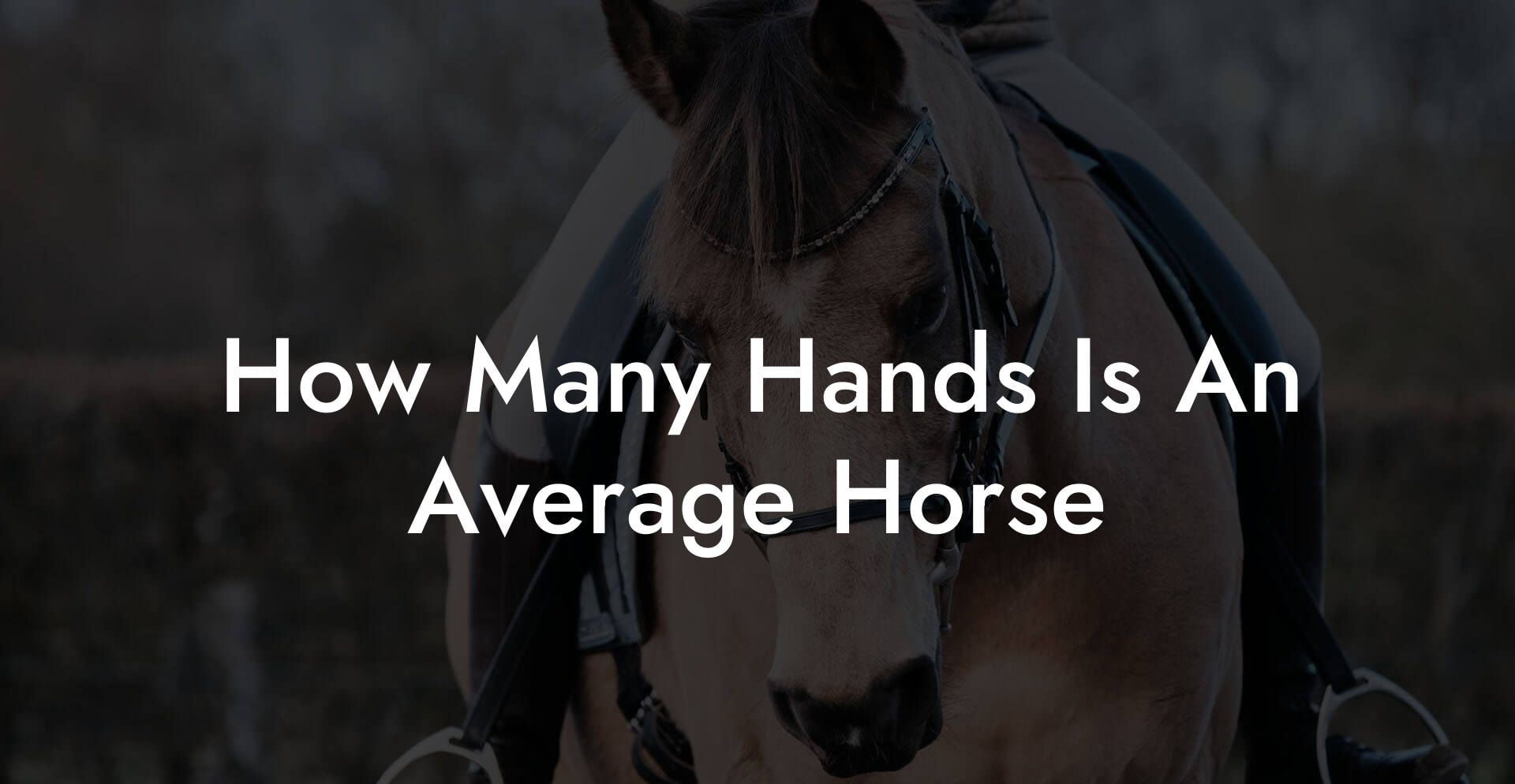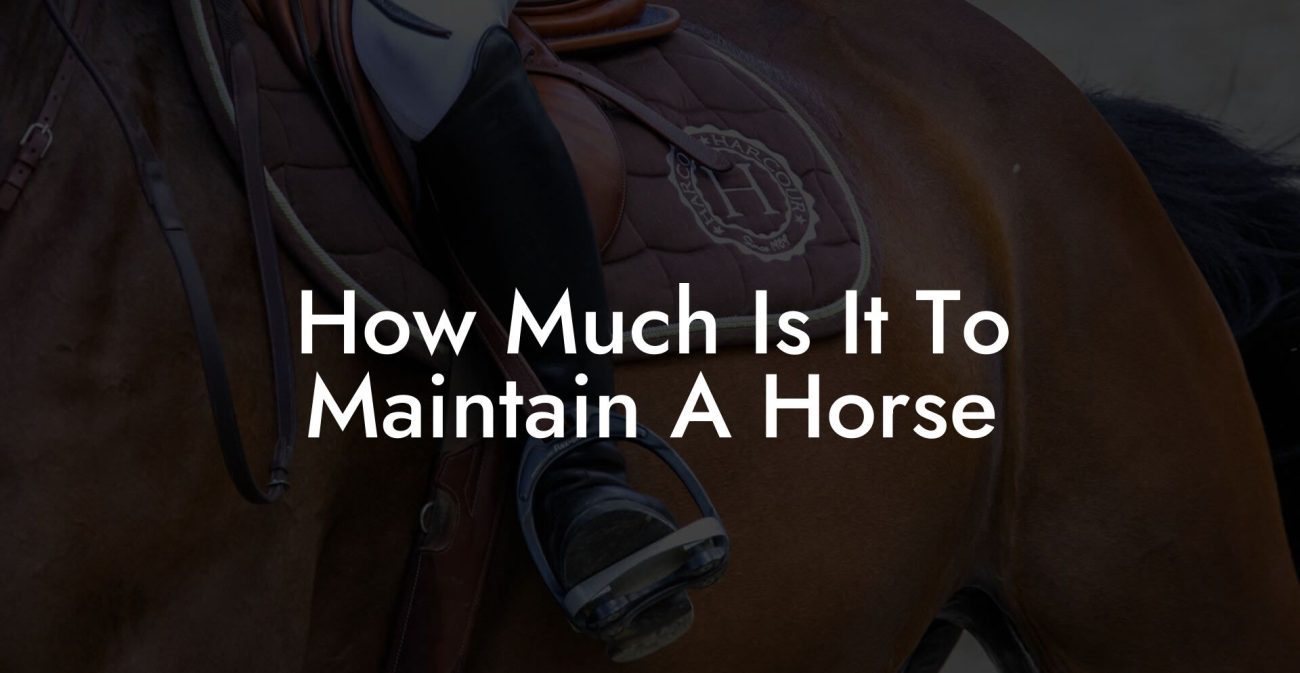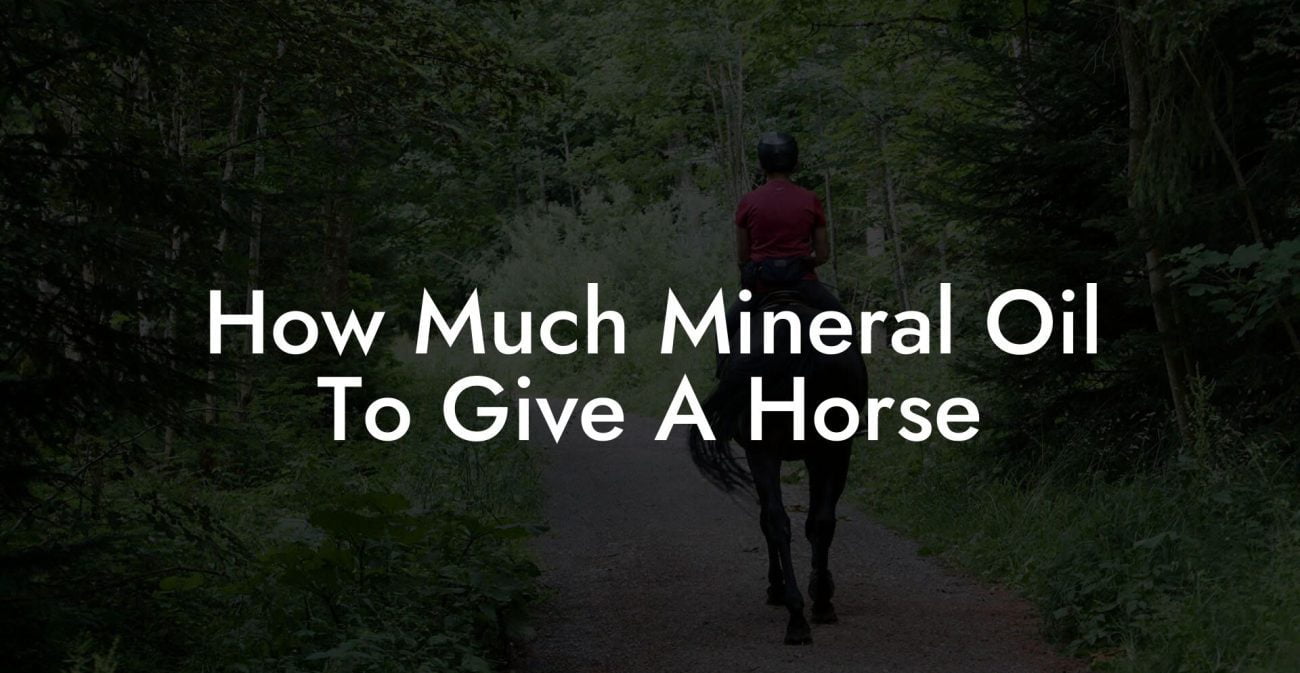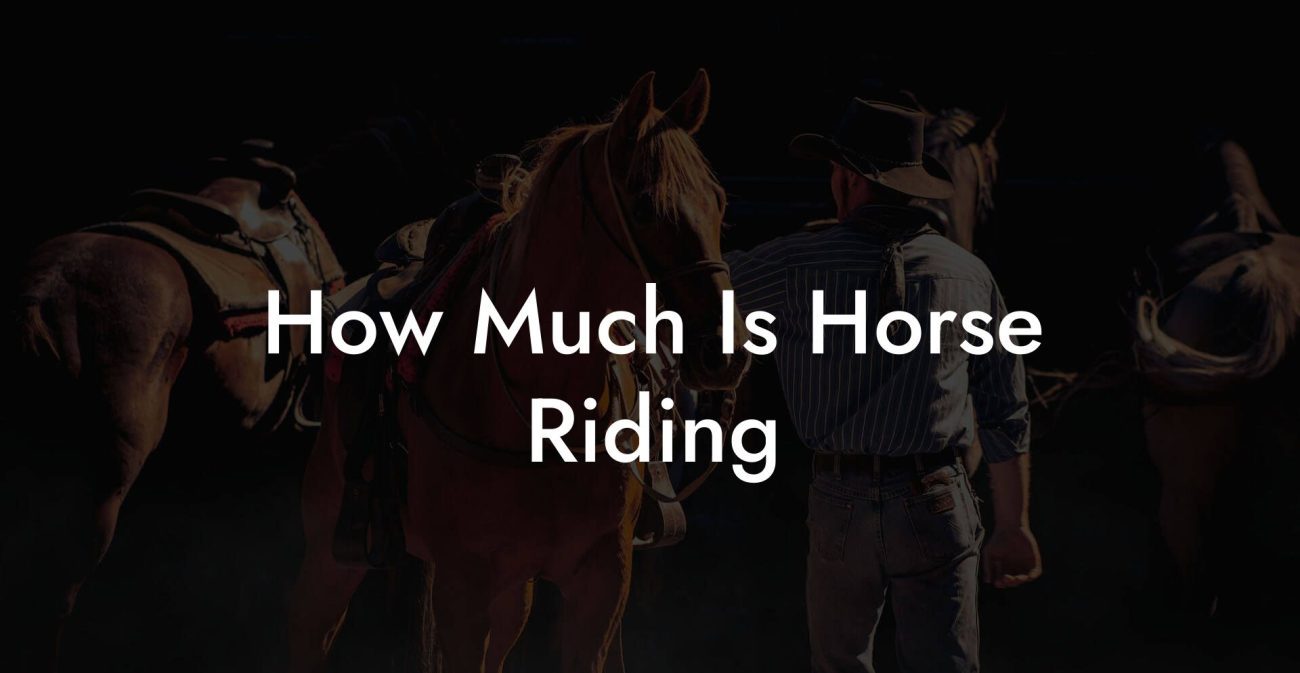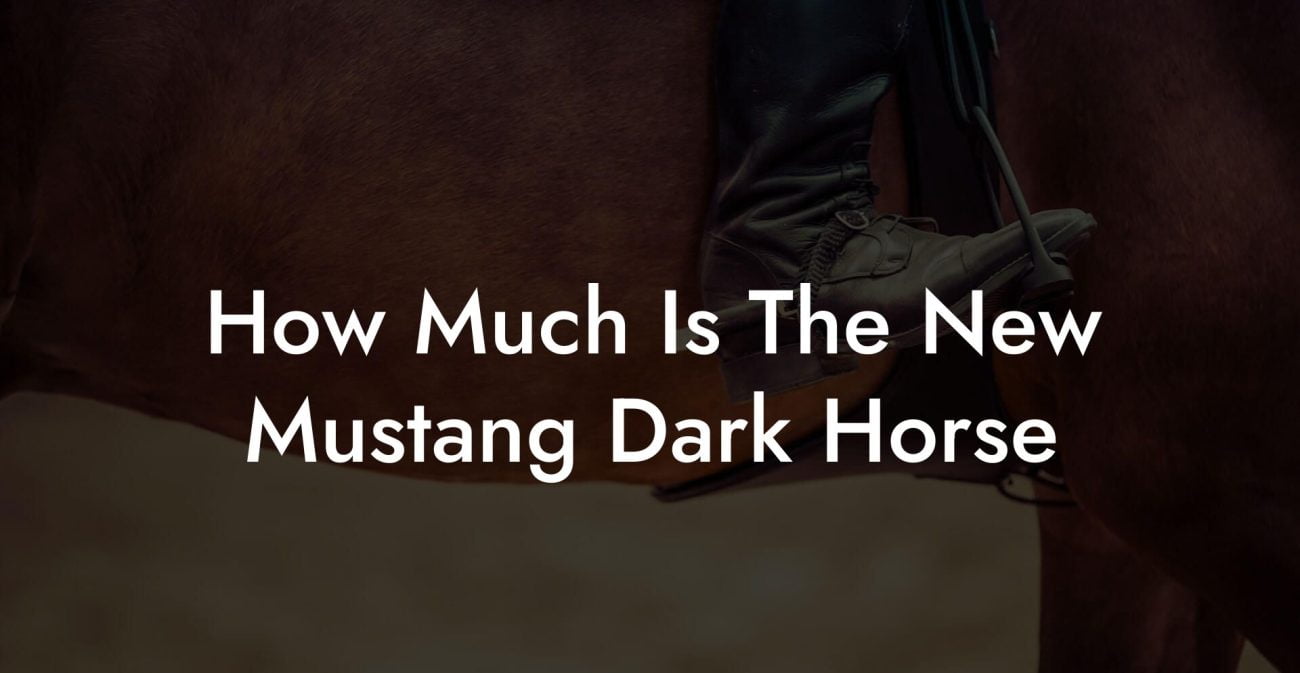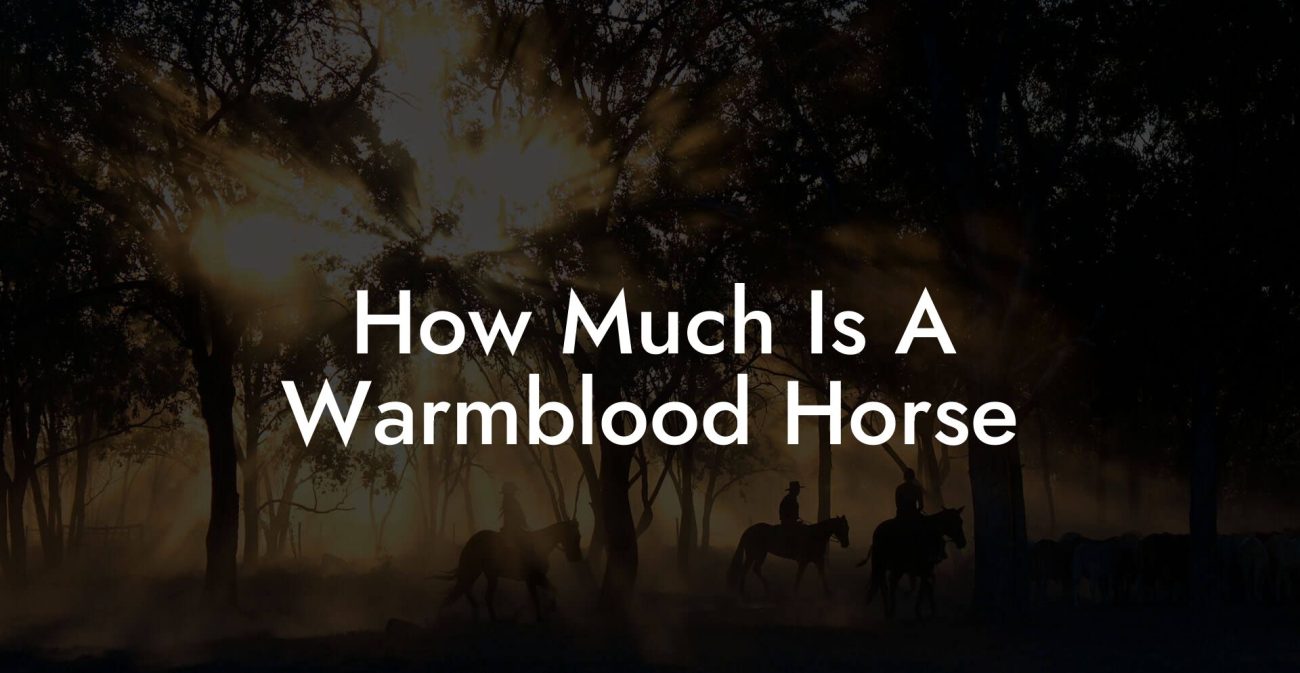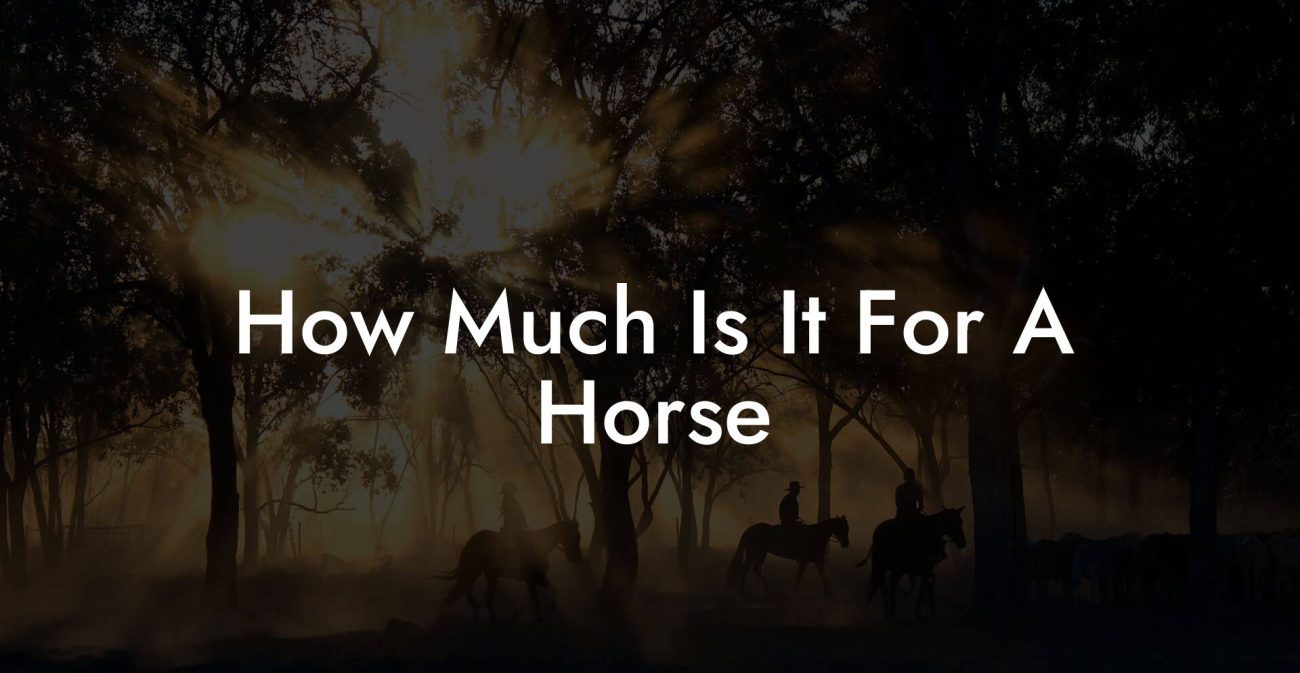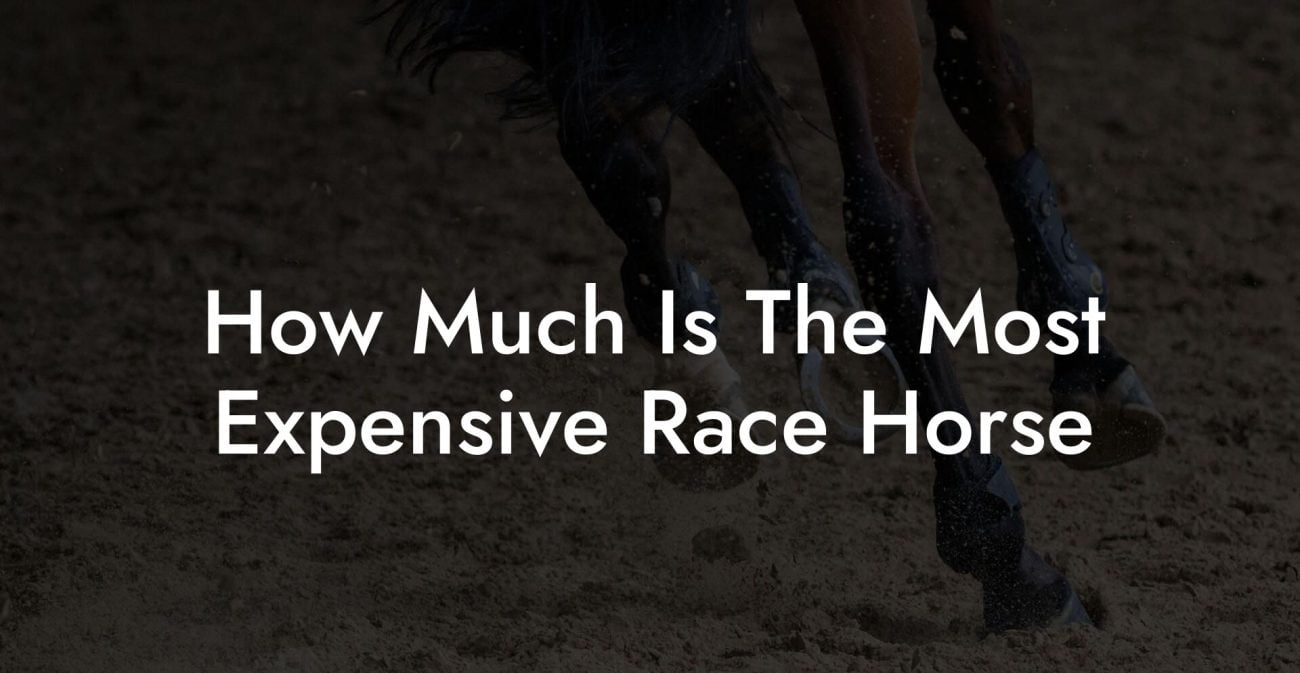Ever glanced at your favorite equine Instagram account and wondered, “How many hands tall is that majestic beast?” If you’re a horse enthusiast, rider, or just someone who’s obsessed with all things equine, you’ve likely come across the term “hands” more times than you’ve counted your followers. In the world of horse care, a “hand” isn’t just a random unit of measure, it’s a captivating blend of history, practicality, and downright cool trivia that can transform the way you look at your four-legged buddy. Buckle up (or rather, saddle up) as we dive into everything you need to know about measuring your horse in hands, why it matters, and how it impacts everything from breed standards to everyday care!
Quick Links to Useful Sections
- Decoding the “Hands”: A Historical and Practical Overview
- What Exactly Is a “Hand”?
- Why Do We Measure Horses in Hands?
- The Average Horse: What’s the Number?
- Measuring Techniques: Tools and Tips for Accuracy
- 1. Use a Proper Equine Measuring Stick
- 2. Enlist a Second Pair of Hands
- 3. Timing is Everything
- 4. Consistency is Key
- Understanding Your Horse’s Health Through Its Height
- How Horse Height Influences Riding and Performance
- Fun and Fascinating Facts About Horse Measurements
- Measuring Your Horse at Home: A Step-by-Step Guide for Enthusiasts
- Step 1: Gather Your Tools
- Step 2: Choose the Right Moment
- Step 3: Positioning the Measuring Tool
- Step 4: Read and Record
- Step 5: Cross-Check for Consistency
- Trends in Equine Measurement and Modern Innovations
- Resources and Community Support: Your Next Steps
- FAQ: Everything You Wanted to Know About Horse Measurements
- Your Journey to Empowered Equine Care
Decoding the “Hands”: A Historical and Practical Overview
Let’s kick things off by breaking down what exactly a “hand” is. No, it’s not how many high-fives your horse can dish out! A hand is a traditional unit of measurement that equals 4 inches. This system dates back centuries, when the width of a human hand was considered a natural, universal measure of height. While the actual width of a person’s hand might vary, in equine circles, the hand has been standardized to precisely 4 inches. It’s a quirky yet reliable method to describe our magnificent steeds.
This measurement isn’t just a fun fact to share at watering holes and barn parties, it’s a critical factor in the world of horse care. Knowing your horse’s height in hands is essential for proper saddle fitting, determining the suitability of breeds for tasks (like show jumping, racing, or even therapy work), and simply ensuring that your equine friend is in tip-top shape.
Historically, the use of “hands” in measuring horses can be traced back to various cultures where consistency in measurement was needed for trade, breeding, and showing off one’s prized animal. Today, even in our modern, tech-savvy era, this age-old unit has stood the test of time, bridging the gap between historical tradition and contemporary equine management.
What Exactly Is a “Hand”?
If you’re new to the world of horsemanship, the idea of measuring in hands might seem a bit confusing at first. Let’s demystify it. One hand is exactly 4 inches. So, if your horse is 15 hands tall, that means they stand 60 inches at the withers (the highest part of the back at the base of the neck), which is the standard point of measurement. This unit helps provide a clear, relative idea of a horse’s size, which can vary widely among breeds.
For example, ponies, known for their petite size, are typically under 14.2 hands tall. Meanwhile, draft horses, those gentle giants of the farm and show ring, can tip the scales at 16 to 18 hands or more! Whether you’re riding a nimble pony or working with a beefy draft, knowing your horse’s height in hands is key to understanding its capabilities and requirements.
Moreover, the simplicity of the hand measurement system makes it accessible even if you don’t have a fancy tape measure on hand. All you need is a standard measuring stick or even a ruler calibrated in inches, and you’re all set to figure out how “high” your horse really is.
Why Do We Measure Horses in Hands?
Aside from its historical charm, measuring horses in hands offers several practical advantages in modern equine care:
- Standardization: With one hand equal to 4 inches, the system remains consistent across various equine disciplines, from racing to dressage.
- Fit and Function: A horse’s height influences everything from the type of saddle it requires to the kind of arena space it needs. Knowing the height in hands helps ensure that equipment fits correctly, preventing discomfort or even injury.
- Breed Identification: Many breeds have size standards. For example, Thoroughbreds, Arabians, and Quarter Horses have different height ranges that inform breeding and training decisions.
- Historical and Cultural Significance: Using hands pays homage to centuries of equine history and tradition, reinforcing the connection between modern care practices and time-honored methods.
Whether you’re planning to compete in a local show or simply curious about your horse’s physique, understanding the “hand” system unlocks a new dimension of equine care and knowledge.
The Average Horse: What’s the Number?
Now that we’ve tackled the basics, let’s address the burning question: “How many hands is an average horse?” Generally, an average horse stands between 15 and 16 hands tall. But, as with all things in the equine world, there’s nuance.
Breed Matters: Different breeds have different average heights. For instance:
- Light riding horses, like Arabians and American Quarter Horses, typically measure around 14.2 to 15.2 hands.
- Thoroughbreds, often used in racing, usually fall between 15 and 16 hands.
- Draft horses, known for their impressive size, can range from 16 to 18 hands or more.
- Ponies, small yet spirited, are usually under 14.2 hands.
Practical Implications: Knowing the average height can help you tailor your horse’s diet, exercise routine, and overall care. A taller horse may have different nutritional needs compared to a compact pony, and the type of shelter or stable you provide might vary accordingly.
Ultimately, when it comes to horse care, there is no one-size-fits-all approach. Understanding where your horse fits within the height spectrum enables you to make more informed decisions about training methods, feed choices, and even the kind of activities your horse is best suited for.
Measuring Techniques: Tools and Tips for Accuracy
While the concept of a “hand” sounds straightforward, accurately measuring a horse can sometimes be a bit tricky, especially if your four-legged friend isn’t exactly a fan of standing still. Here are some tips to ensure precision:
1. Use a Proper Equine Measuring Stick
Investing in a dedicated horse measuring stick can take the guesswork out of the equation. These sticks are marked in hands (or inches), making it easy to get an accurate measurement. Simply guide the stick from the ground up to the withers while your horse stands squarely on a flat surface.
2. Enlist a Second Pair of Hands
Getting an extra set of eyes, and hands, can be invaluable. While one person holds the measuring stick in place, the other can ensure that the horse is standing properly and that the measurement is taken at the correct spot.
3. Timing is Everything
Measure your horse when it’s calm and relaxed. After a good turnout in the pasture or a leisurely walk, your horse will likely be in a more cooperative mood than after an intense training session.
4. Consistency is Key
Try to measure your horse regularly using the same method. This will help you track growth and identify any changes that may warrant a closer look regarding its health and nutrition.
By following these simple techniques, you can ensure that you’re accurately gauging your horse’s height, enabling better care and a more harmonious relationship with your equine companion.
Understanding Your Horse’s Health Through Its Height
It turns out that a horse’s height isn’t just a number, it can serve as a window into its overall health and well-being. When you know how many hands tall your horse is, you can make smarter decisions about feed, exercise, and veterinary care.
Nutrition and Growth: The height of your horse, combined with its weight and body condition, can indicate whether it’s receiving the right balance of nutrients. Younger horses still growing may need a diet richer in proteins and minerals, while mature horses might require a balanced diet to maintain their weight and energy levels.
Proper Equipment Fitting: Saddles, bridles, and other gear must fit perfectly. An ill-fitting saddle can cause discomfort, behavioral issues, and even injury. Knowing your horse’s exact height helps ensure that all equipment not only fits but also enhances your horse’s performance and comfort.
Breed-Specific Care: Different breeds come with their own set of care guidelines. Whether you’re caring for a dainty Arabian or a robust Clydesdale, understanding the average height of your breed can guide you in tailoring healthcare routines, exercise regimens, and even farrier visits.
In essence, the measurement of a horse in hands is more than a throwback to medieval times, it’s a critical piece of the puzzle in professional equine care.
How Horse Height Influences Riding and Performance
Whether you’re an aspiring show jumper, a trail riding enthusiast, or someone who loves the thrill of the racetrack, your horse’s height can have a significant impact on performance. Here’s how:
Rider Compatibility: The ideal height of a horse can influence the overall riding experience. Taller horses might offer expansive stride and power, ideal for disciplines like dressage or eventing, while a slightly smaller yet agile horse might be more suited for close-up maneuvers in western riding events.
Equipment Considerations: From saddle fit to stirrup size, every piece of riding gear needs to accommodate your horse’s size. When your horse is measured accurately in hands, adjustments in equipment can be made to reduce the risk of injury and enhance performance.
Show Standards and Competitions: Many equestrian competitions and breed registries have strict height standards. Knowing exactly how many hands tall your horse stands isn’t just for bragging rights, it’s critical for meeting competitive guidelines and ensuring that your horse is well-suited for its intended discipline.
By embracing the detailed measurement in hands, riders not only celebrate tradition but also leverage that knowledge to improve training, customize equipment, and ultimately boost performance.
Fun and Fascinating Facts About Horse Measurements
Let’s take a break from the technical jargon and explore some fun, quirky tidbits about measuring horses. These facts might just be the conversation starters you need at your next barn gathering!
- The Origin Story: The term “hand” is believed to have originated in ancient times when people literally used their open palms to measure the height of horses. It’s a delightful reminder of how resourceful our ancestors were.
- A Universal Standard: Despite variations in hand size among humans, the equine world agreed on 4 inches per hand, a testament to standardization that has endured centuries.
- Beyond Hands: While hands remain the gold standard for measuring horses, modern technology has introduced infrared and digital measurement tools that offer even greater precision. However, the charm of a good old-fashioned hand measurement is irreplaceable!
- Breed Variations: Some horse breeds are known for their extremes in height. For example, the American Quarter Horse typically ranges from 14 to 16 hands, while the impressive Shire horse can reach heights that blow minds, often tipping the scales at 17 or even 18 hands.
These fun facts underscore not only the practicality of measuring in hands but also the rich historical tapestry that connects us to the equine world. It’s a reminder that, in horse care and riding, tradition and modernity coalesce in magnificent ways.
Measuring Your Horse at Home: A Step-by-Step Guide for Enthusiasts
Ready to roll up your sleeves (or rather, grab your measuring stick) and get hands-on with your horse’s height? Here’s a practical step-by-step guide that any Gen-Z or millennial horse lover can follow from the comfort of their barn:
Step 1: Gather Your Tools
All you need is a sturdy measuring stick or a tape measure marked in inches. If you’re feeling fancy, grab a notepad or a smartphone to jot down your measurements and perhaps even take a cute selfie with your equine friend!
Step 2: Choose the Right Moment
Timing is everything. Aim for a moment when your horse is calm and standing squarely on all four legs. After a leisurely stroll or a calm morning in the pasture is often ideal.
Step 3: Positioning the Measuring Tool
Have your friend hold the measuring stick firmly at the base while you carefully align it with the horse’s withers. It’s important to measure from the highest point of the withers down to the ground.
Step 4: Read and Record
Once the horse is properly aligned, take a careful reading. Divide the total inches by 4 to convert it to hands, or simply compare it against the markings on your tool. Record this number as your horse’s height in hands.
Step 5: Cross-Check for Consistency
To ensure accuracy, it’s a good idea to measure a few times over a couple of days. This not only validates your initial reading but can also help you track any interesting changes or growth patterns in your horse.
By following these steps, you’ll become proficient in a technique that’s steeped in history, yet incredibly relevant to modern horse care. Plus, it’s a fun and engaging way to bond with your horse and dive deeper into the world of equine measurement.
Trends in Equine Measurement and Modern Innovations
Even though the tradition of measuring horses in hands is centuries old, the evolution of technology has ushered in exciting tools that are reshaping equine management. Modern innovations, like digital measuring devices and mobile apps, are making it easier than ever to accurately gauge your horse’s height at the click of a button.
These advancements are especially appealing to the tech-savvy millennial and Gen-Z crowd, merging tradition with the latest tech to provide data-driven insights about your horse’s physical condition. Imagine using an app that not only tracks your horse’s growth but also suggests dietary adjustments, optimal exercise routines, and even connects you with local equine experts and communities!
The blend of historical measurement and state-of-the-art innovation ensures that your horse gets the best of both worlds, a legacy steeped in tradition and a future empowered by technology.
Resources and Community Support: Your Next Steps
If your curiosity about horse measurements has been unleashed, you’re not alone. Across social media platforms and online forums, a vibrant community of horse enthusiasts is sharing tips, experiences, and groundbreaking technologies for equine care.
Online Communities: Join Facebook groups, Reddit threads, or Instagram pages dedicated to horse care and equine measurement. These platforms are excellent for exchanging ideas about equipment, training regimens, and even the best apps for tracking your horse’s growth.
Equine Blogs and Podcasts: There’s a wealth of information available from experts in the field. Tune into podcasts or subscribe to blogs that blend expert advice with the latest trends in equine health, nutrition, and training.
Local Equine Events and Clinics: Check out local horse shows, clinics, and webinars where professionals discuss everything from proper measurement techniques to holistic horse care. These events are fantastic for meeting like-minded individuals and expanding your equine knowledge.
Veterinary Guidance: Never underestimate the value of chatting with your vet or an equine specialist. They’re equipped with the latest research and can offer personalized advice to ensure your horse’s health is always in prime condition.
Embracing these resources not only enriches your knowledge base but also strengthens your bond with a community that cares just as much about legacy and innovation in equine care as you do.
FAQ: Everything You Wanted to Know About Horse Measurements
Wondering about the finer details of measuring your horse or the history behind the “hand” system? Check out these frequently asked questions that address common queries from fellow equine enthusiasts:
1. What is a hand, and how many inches does it represent?
A hand is a standard unit of measurement in the equine world that is equal to 4 inches. This has been the norm for centuries.
2. Why do we measure horses using hands instead of inches or centimeters?
Using hands is steeped in tradition and provides a consistent, easily understandable method for comparing horse heights. It has been passed down through generations and remains practical for everyday equine care.
3. How tall is an average horse?
Generally, an average horse stands between 15 and 16 hands tall, though this can vary based on breed, age, and overall health.
4. Can I measure my horse at home?
Absolutely! With a proper measuring stick or tape measure, some patience, and perhaps an extra pair of helping hands, you can quickly learn to measure your horse’s height accurately.
5. How often should I measure my horse?
It’s a good idea to track your horse’s growth or monitor any significant changes over time, especially for younger horses. Consistent tracking can also help in adjusting care routines as needed.
6. Are there digital tools available for measuring horse height?
Yes! Modern technology has introduced digital measuring tools and mobile apps that provide precise readings and even offer additional suggestions for equine care.
7. What should I do if my horse doesn’t seem to fit the standard height expectations for its breed?
Any significant deviations might be a sign to consult with an equine specialist or veterinarian to ensure your horse’s overall health and growth are on track.
8. How does a horse’s height affect its care and equipment?
The height in hands is crucial for choosing the right saddle, bridle, and other riding gear. It also plays a role in determining nutritional needs and exercise routines.
Engaging with these FAQs helps not only satisfy your curiosity but also equips you with the knowledge to better care for your beloved equine companion.
Your Journey to Empowered Equine Care
Understanding how many hands tall your horse is goes far beyond knowing a number, it’s an essential part of being an informed and proactive horse owner. With this knowledge in your arsenal, you can make smarter decisions about everything from equipment and nutrition to training and overall well-being. Every time you measure your horse, you’re not just engaging in a simple count; you’re participating in a centuries-old tradition that bridges the gap between the past and the present.
Whether you’re new to the equine world or a seasoned pro, the art of measuring in hands is a gateway to deeper insights about your horse’s health, growth, and performance. Embrace this practice with curiosity and passion, and let it guide you towards a future of empowered equine care where tradition meets innovation.
Remember, every horse is unique and their height is just one part of the beautiful story that defines them. Celebrate your horse’s individuality, treasure the shared moments, and stay engaged with the vibrant community of horse lovers who are always ready to share a tip, laugh, or inspiring tale.
Now that you’re armed with the historical context, practical techniques, and modern innovations of equine measurement, it’s time to head to the barn, measure your majestic companion, and continue your journey toward a more informed, caring, and connected equine lifestyle. Happy measuring, and here’s to many more hands of joy in your equine adventures!

